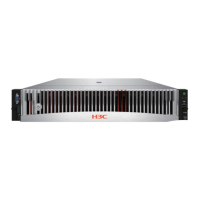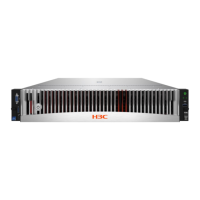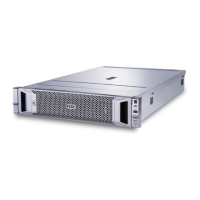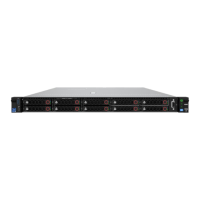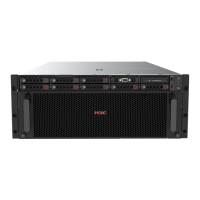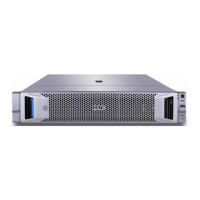7
Table 2 describes the configuration parameters for creating a RAID volume.
Figure 8 Setting RAID parameters
Table 2 Configuration parameters
Parameter Description
Name RAID array name.
RAID Level
RAID level, which determines the performance, fault tolerance
capability, and capacity for the logical drive.
Select Disks
Select member drives for the RAID array. Available drives are
displayed under
Select Disks
. Press
Enter
to select drives.
[X]
indicates that the corresponding drive has been selected.
Strip Size
Stripe size, which determines the size of the data block that can be
written into a stripe on each drive.
Capacity Logical drive capacity.
3. The screen as shown in Figure 9 opens.
After the RAID volume is created, the RAID volume is displayed in the RAID Volumes
directory. To view details about a RAID volume, select the RAID volume, and press Enter.
Details about a RAID volume include the RAID array name, RAID level, and member drives.
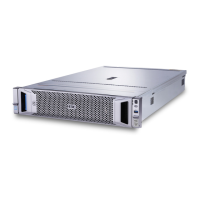
